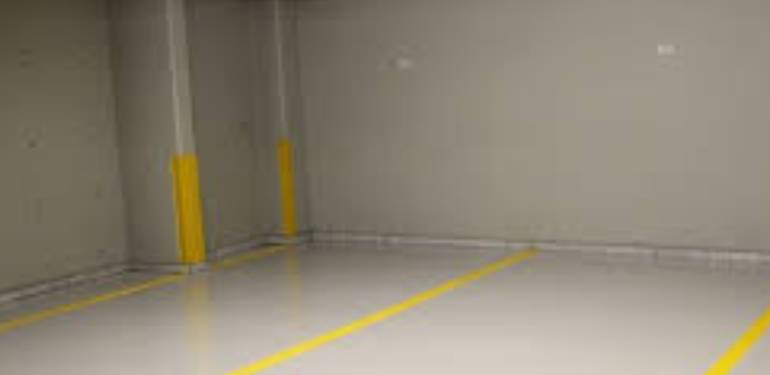About Us
Atithy construction is a leading specialist contracting company undertaking structural repairs, strengthening, rehabilitation, retrofitting, external coating cum painting,epoxy / pu flooring, grouting, waterproofing and general contracting of civil engineering structures and buildings.
ConsultationContact Info
- 1301 ANAND SAVALI A2 RESIDENCY KAJUWADI THANE WEST - 400604.
- +91 9372929436
- Email: atithyconstruction1998@gmail.com
- Week Days: 09.00 to 18.00 Sunday: Closed
- home
- Specialized

Atithy construction one of the trusted companies in the field of painting job. We are painting contractors in mumbai & offer services in all over india. We offer services of painting, which includes building, industrial & residential, texture painting. We specialized in industrial, exterior, commercial etc. By providing expert services with a proven process. Painting contractors services are provided under the supervisor & expertise. We are one of the leading building painting contractors in across india.





